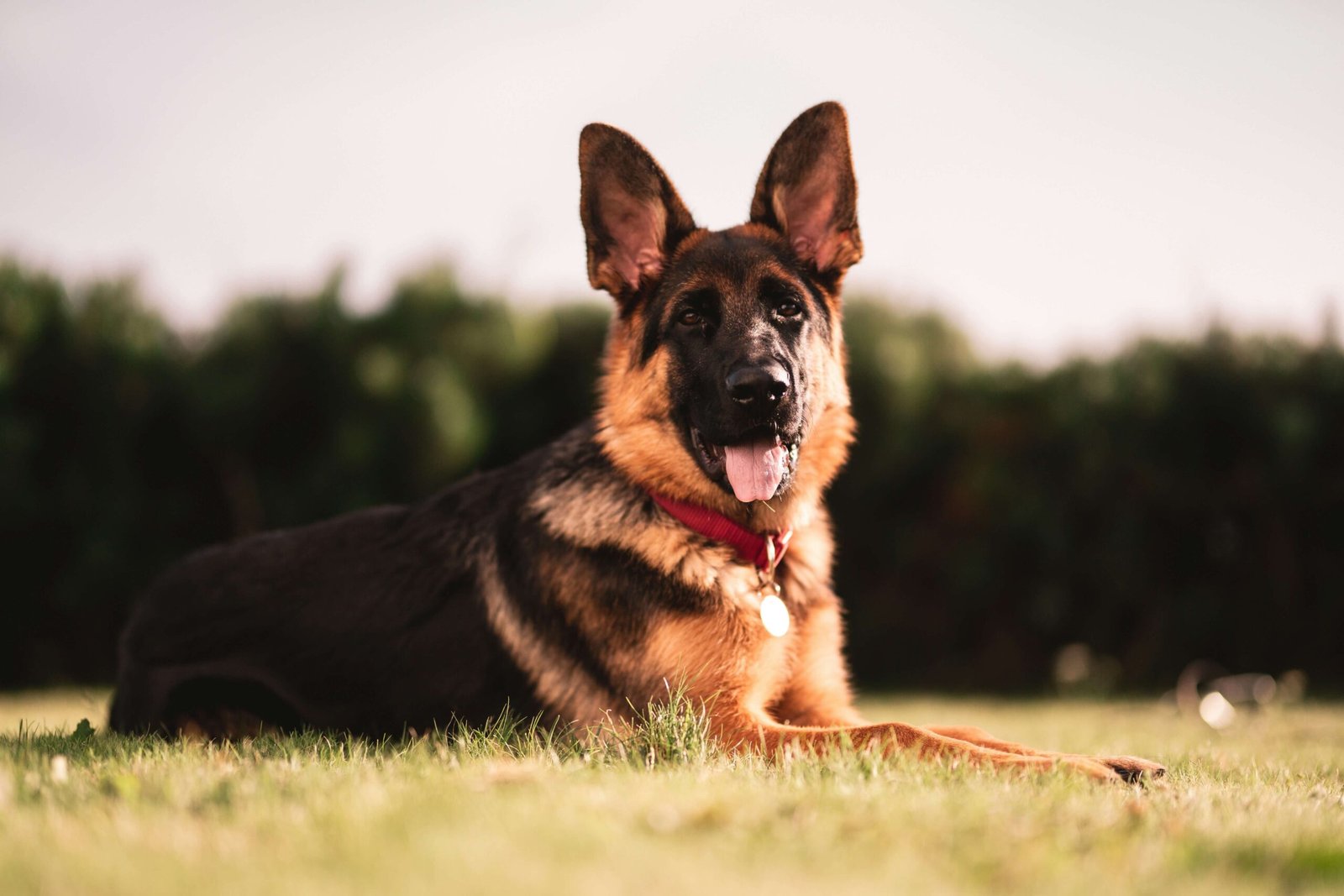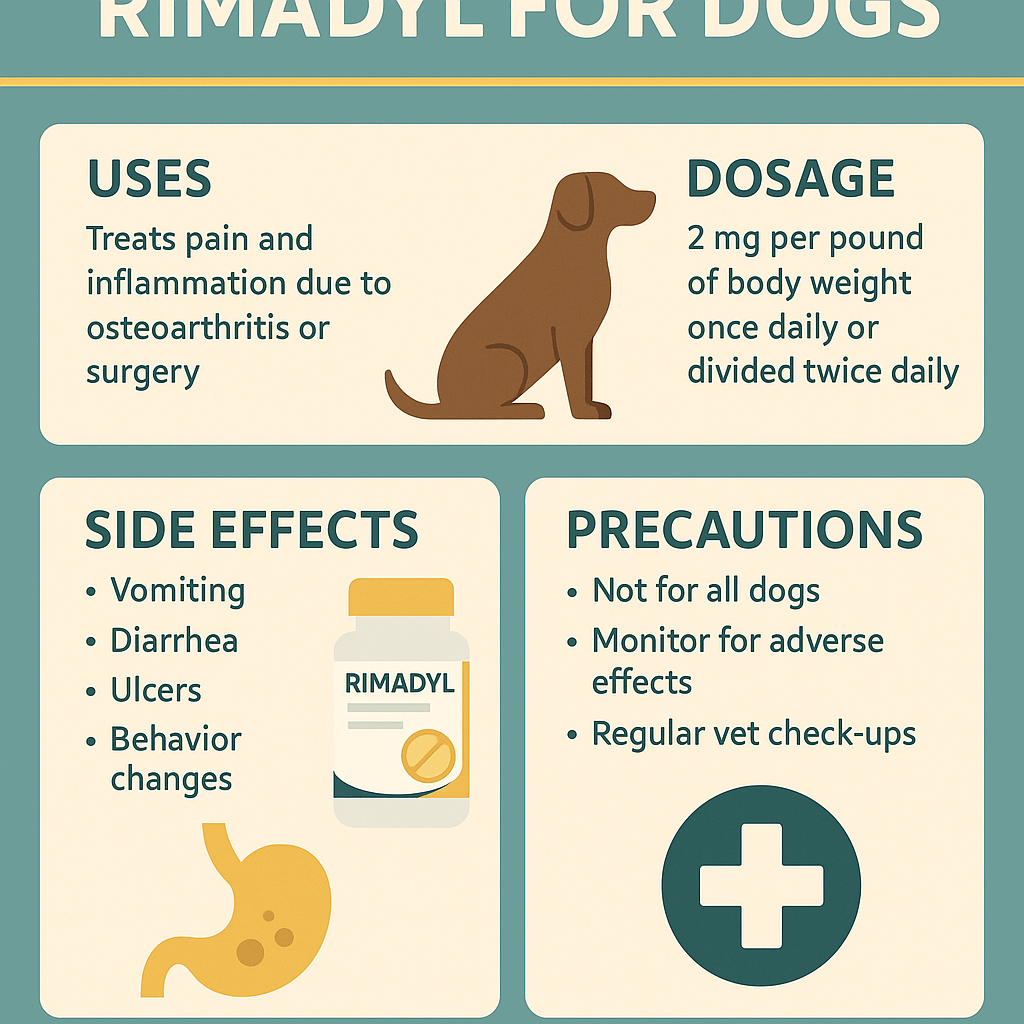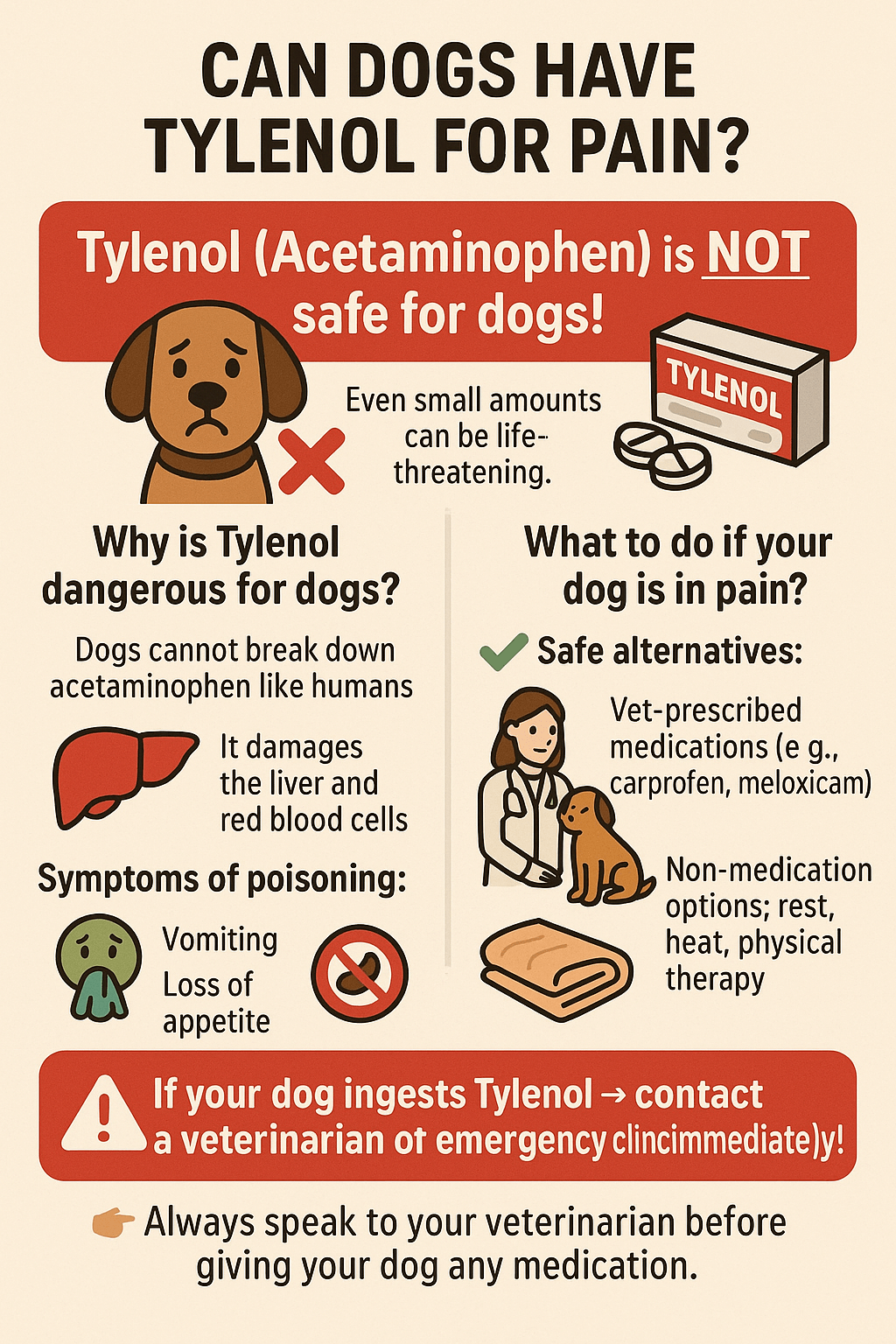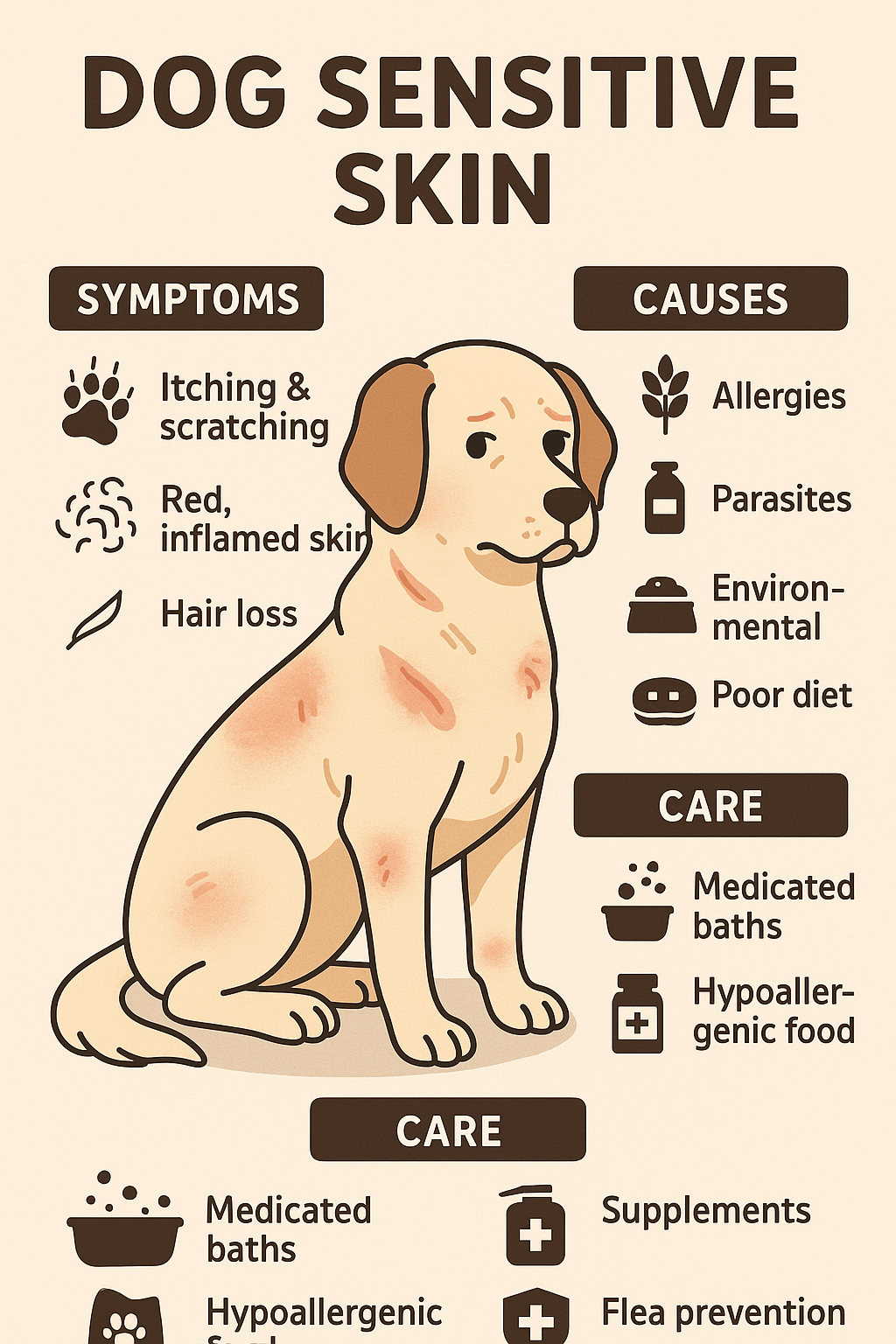Dog Wart vs Skin Tag: How to Tell the Difference and What to Do
As a dog owner, you may have noticed small bumps or growths on your furry friend’s skin. These could be anything from harmless skin tags to more concerning dog warts. While both are common and often benign, it’s important to understand the differences between a dog wart vs skin tag to ensure your pup stays healthy. Knowing what to look for can help you decide whether to monitor the growth or consult your veterinarian. In this blog post, we’ll explore the key distinctions between these two skin conditions, how they develop, and what steps you can take if you spot them on your dog. Let’s dive in and demystify these common canine skin concerns!
What Are Dog Warts and Skin Tags? Understanding the Basics
Before diving into the differences, let’s define what dog warts and skin tags actually are. Both are growths that appear on the skin, but their causes, appearances, and implications vary significantly. Here’s a quick breakdown:
Dog Warts
Also known as papillomas, dog warts are caused by the canine papillomavirus and often appear as cauliflower-like growths.Skin Tags
These are small, soft, and usually flesh-colored flaps of skin that hang off the body. They are benign and typically harmless.Common Locations for Warts
Dog warts often appear around the mouth, eyes, or paws, especially in younger dogs with developing immune systems.Common Locations for Skin Tags
Skin tags are more likely to develop in areas where the skin folds or rubs together, such as the neck, armpits, or groin.Growth Patterns
Warts tend to grow in clusters and may spread, while skin tags remain solitary and stable over time.
Understanding these basic characteristics can help you identify whether your dog has a wart or a skin tag. If you’re unsure, consulting your veterinarian is always the safest option.
Key Differences Between Dog Warts and Skin Tags
While both dog warts and skin tags are non-cancerous, they differ in several ways. Recognizing these differences is crucial for determining the appropriate course of action. Here’s what sets them apart:
Appearance
Dog warts often have a rough, bumpy texture and may resemble tiny cauliflowers, while skin tags are smooth, soft, and pendulous.Cause
Dog warts are caused by a viral infection (papillomavirus), whereas skin tags are simply overgrowths of skin tissue with no viral origin.Age Group Affected
Younger dogs are more prone to warts due to their immature immune systems, while skin tags are more common in older dogs.Contagiousness
Dog warts are contagious and can spread between dogs, especially in environments like kennels or dog parks. Skin tags are not contagious.Treatment Needs
Most warts resolve on their own as the immune system fights off the virus, but skin tags may require removal if they irritate your dog or get caught on objects.
By understanding these distinctions, you can better assess whether your dog’s growth requires veterinary attention or simply monitoring over time.
Check this guide 👉Understanding Dog Eyelid Skin Tags: Best 7 Health Tips!
Check this guide 👉Tick or Skin Tag on Dog: Best 7 Tips to Tell the Difference!

Feature | Dog Wart |
|---|---|
Appearance | Rough, bumpy, cauliflower-like |
Cause | Canine papillomavirus |
Common Locations | Mouth, eyes, paws |
Contagious | Yes, spreads between dogs |
Treatment | Often resolves on its own; vet consult if persistent |
Feature | Skin Tag |
|---|---|
Appearance | Smooth, soft, flesh-colored |
Cause | Overgrowth of skin tissue |
Common Locations | Neck, armpits, groin |
Contagious | No |
Treatment | Removal only if irritated or bothersome |
How to Care for Your Dog’s Warts and Skin Tags
Whether your dog has a wart or a skin tag, proper care ensures their comfort and prevents complications. Here’s how to manage each condition effectively:
Monitor Growth Regularly
Keep an eye on the size, shape, and color of the growth. Any changes should prompt a vet visit.Prevent Irritation
Ensure collars, harnesses, or grooming tools don’t rub against the growth, which could cause discomfort or bleeding.Boost Immune Health (for Warts)
A strong immune system can help your dog fight off the papillomavirus. Provide a balanced diet rich in vitamins and antioxidants.Avoid Contact with Other Dogs (for Warts)
Until the warts heal, limit interactions with other dogs to prevent spreading the virus.Seek Veterinary Advice for Removal (for Skin Tags)
If a skin tag becomes irritated, bleeds, or interferes with movement, consult your vet about safe removal options.
With attentive care, you can ensure your dog remains comfortable and healthy despite these common skin conditions.
When to See a Veterinarian About Dog Warts and Skin Tags
While many dog warts and skin tags are harmless, some situations warrant professional evaluation. Here’s when you should contact your veterinarian:
Rapid Growth
If the growth increases in size quickly, it could indicate something more serious than a wart or skin tag.Bleeding or Discharge
Persistent bleeding, oozing, or discharge may signal infection or another underlying issue.Changes in Color or Texture
Darkening, hardening, or ulceration of the growth could suggest malignancy and requires immediate attention.Signs of Pain or Discomfort
If your dog licks, chews, or shows signs of irritation around the area, it’s time to consult your vet.Uncertainty About Diagnosis
If you’re unsure whether the growth is a wart or skin tag, a professional evaluation can provide clarity and peace of mind.
Prompt veterinary care ensures that any potential issues are addressed early, safeguarding your dog’s health and well-being.
Preventive Measures to Reduce the Risk of Dog Warts
While dog warts are often unavoidable, especially in younger dogs, there are steps you can take to minimize the risk of your dog developing them. Here’s how to protect your pup:
Limit Exposure to Infected Dogs
Avoid close contact with dogs that have visible warts, as the papillomavirus is highly contagious.Maintain a Clean Environment
Regularly disinfect shared spaces like kennels, toys, and water bowls to reduce the spread of viruses.Strengthen Your Dog’s Immune System
Provide a balanced diet rich in vitamins, minerals, and antioxidants to support immune health.Practice Good Hygiene
Wash your hands after handling other dogs and clean your dog’s paws after walks to prevent viral transmission.Vaccinate Against Viruses (if available)
In some cases, vaccines targeting specific strains of the papillomavirus may be available—consult your vet for options.
By taking these preventive measures, you can lower the chances of your dog contracting warts and ensure they stay healthy and happy.
Signs That a Growth Might Be More Serious
Not all skin growths on dogs are harmless. Some may indicate more serious conditions like cancer or infections. Here’s how to spot potential red flags:
Rapid Increase in Size
A growth that grows quickly over days or weeks should be evaluated by a veterinarian immediately.Irregular Shape or Borders
Growths with uneven edges or asymmetrical shapes may require further investigation.Persistent Bleeding or Ulceration
If the growth bleeds frequently or doesn’t heal, it could signal an underlying issue.Foul Odor or Discharge
Any unusual smell or discharge from the growth may indicate infection or malignancy.Behavioral Changes
If your dog seems lethargic, loses appetite, or shows signs of pain alongside a new growth, seek veterinary care promptly.
Recognizing these warning signs early can help you address serious conditions before they progress, ensuring your dog receives timely treatment.
Home Remedies and Natural Support for Dog Warts
While professional veterinary care is essential, some natural remedies and home care practices can complement treatment for dog warts. Here’s what you can try:
Boost Nutrition with Immune-Supporting Foods
Add foods rich in vitamin C, zinc, and omega-3 fatty acids to your dog’s diet to strengthen their immune response.Use Herbal Supplements (with Vet Approval)
Herbs like echinacea or astragalus may help boost immunity, but always consult your vet before introducing supplements.Apply Apple Cider Vinegar (Diluted)
A diluted solution of apple cider vinegar applied topically may help dry out small warts over time—never use on broken skin.Keep the Area Clean and Dry
Gently clean the wart area with mild soap and water to prevent secondary infections.Avoid Picking or Scratching
Discourage your dog from licking or scratching the wart, as this can cause irritation or spread the virus.
While these remedies can provide additional support, they should never replace professional veterinary advice. Always prioritize your vet’s recommendations for treating dog warts effectively.
Frequently Asked Questions About Dog Warts and Skin Tags
Are dog warts dangerous?
Generally, dog warts are harmless and resolve on their own, but they can become problematic if they interfere with eating or cause discomfort.
Can I remove a dog wart at home?
It’s not recommended. Attempting to remove a wart yourself can lead to infection or pain. Always consult a vet for removal.
Do skin tags hurt my dog?
Skin tags are usually painless unless they get caught on objects, irritated, or inflamed.
Can older dogs get warts?
While warts are more common in puppies, older dogs with weakened immune systems can also develop them.
How can I prevent dog warts?
Limit exposure to infected dogs and maintain a strong immune system through proper nutrition and hygiene.
Final Thoughts: Staying Proactive About Your Dog’s Skin Health
When it comes to dog wart vs skin tag, knowledge is power. By understanding the differences, recognizing symptoms, and knowing when to seek veterinary advice, you can ensure your dog stays happy and healthy. While most warts and skin tags are harmless, staying vigilant about changes in your dog’s skin is essential for catching potential issues early. With regular checkups, proper care, and a watchful eye, you can keep your furry friend’s skin in tip-top shape. Remember, your vet is always there to help if you have concerns—so don’t hesitate to reach out for guidance. After all, your dog’s comfort and well-being are worth every effort!
Rimadyl for Dogs: Best 7 Expert Tips! Discover expert advice on using Rimadyl safely, managing pain, and improving your dog’s mobility with trusted veterinary insights.
Can Dogs Have Tylenol for Pain? Best 7 Expert Tips! Discover the risks, safe alternatives, and expert advice on managing your dog’s pain effectively while avoiding harmful medications.
Understanding Hemophilia in Dogs: Best 7 Expert Tips! Discover expert advice on managing hemophilia, recognizing symptoms, and ensuring your dog’s well-being with practical care strategies.
Understanding Dog Sensitive Skin: Best 7 Expert Tips! Discover expert advice on managing dog sensitive skin, relieving irritation, and improving your pup’s comfort with practical solutions.





